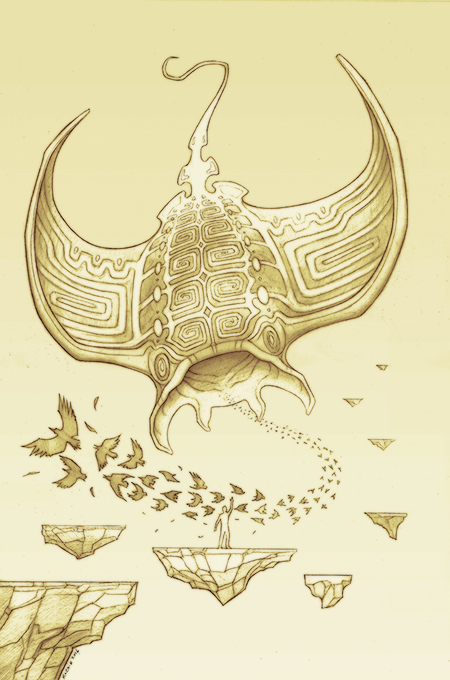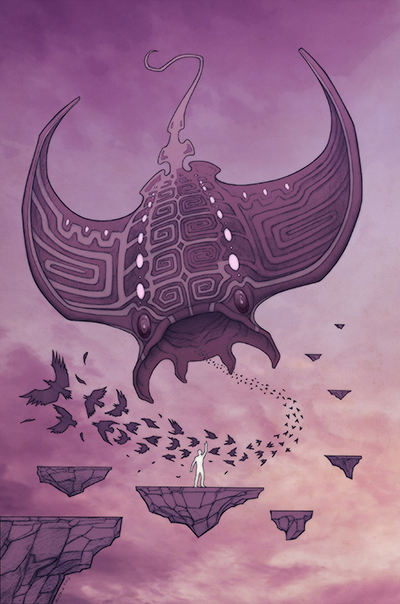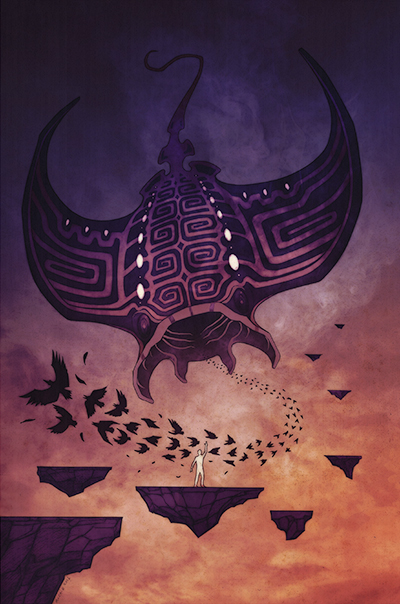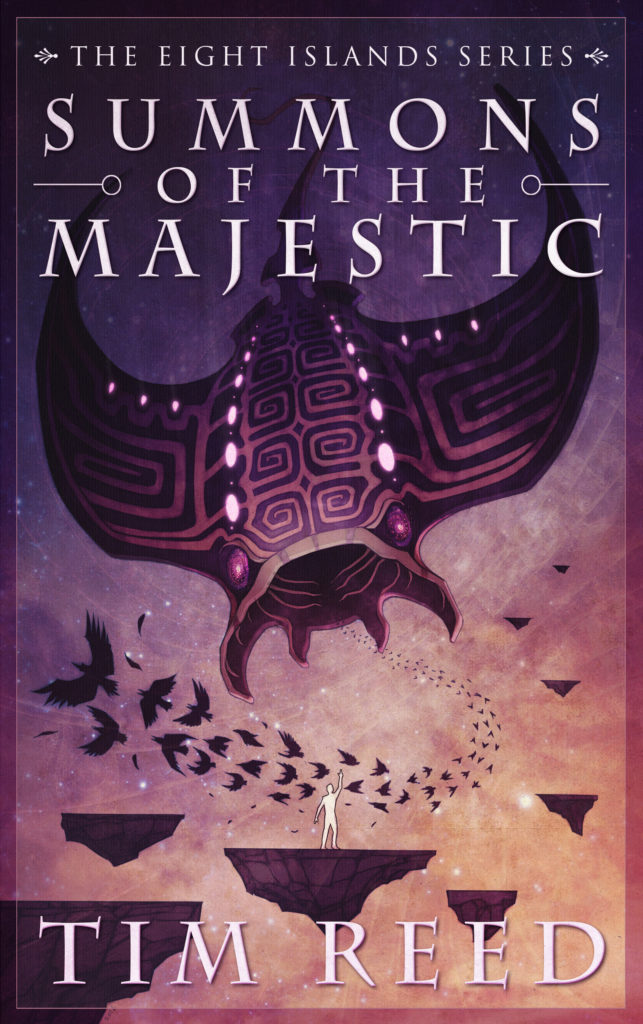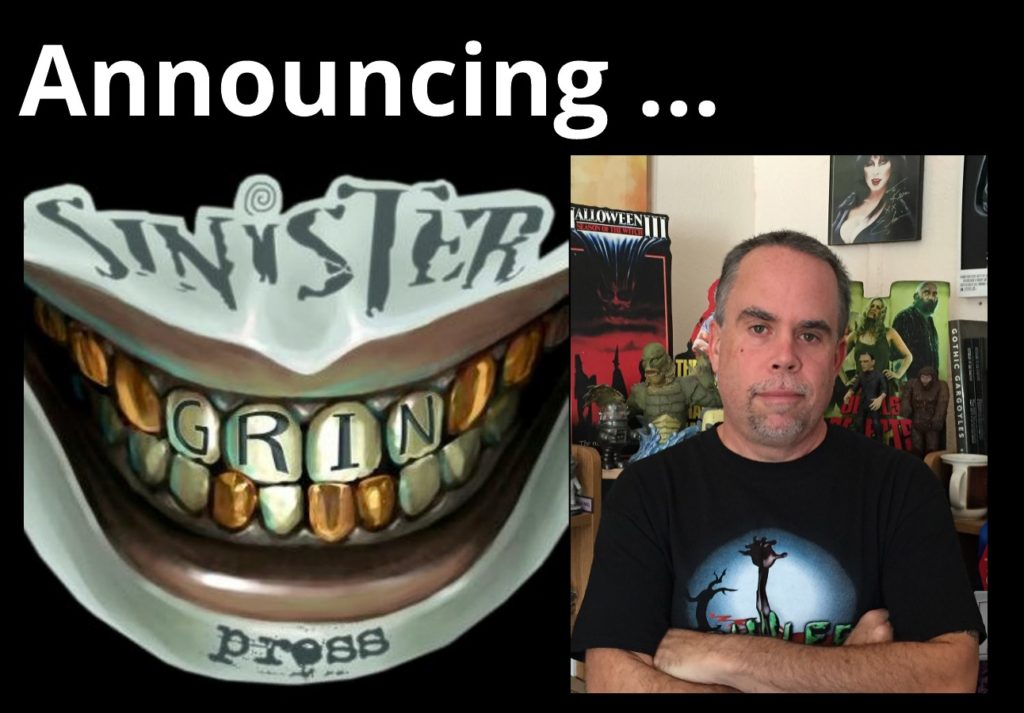Pulling Teeth with Annette Siketa
Women In Horror Month is about over. As we celebrate the terrific women writers in the horror genre, Sinister Grin Press would like to take this time to introduce you to our latest release writer, Annette Siketa.
Where are you from?
England originally, but emigrated to Australia some 40 years ago.
Tell us your latest news?
The bathroom plumbing needs fixing.
What inspired you to write your first book?
I was a dressmaker and a designer of bridal gowns until a routine eye operation in March 2005 went spectacularly pear-shaped. Nine months later I was totally blind. My grandson was then four years old, and unable to read books to him, I would invent silly stories to keep him amused.
Then, late on Christmas Day 2006, whilst everyone was boozing outside, I put my grandson to bed and made up a story about a girl and a magical doll’s house.
Now, you know how you can get a song stuck in your head? It was the same with me and the story, and the more I thought about it the more it developed, and by New Year’s Day I had written the first three chapters.
I knew absolutely nothing about professional writing. But, thanks to audio books, I listened and learned. It’s amazing how much information you can glean from the way a person talks, pauses, and breathes.
From a publishing standpoint, The Doll’s House was an unmitigated disaster. Nevertheless, I blundered on and have now written ten books, (with at least that many in the pipe line), hundreds of short stories, and snaffled at least a dozen awards.
Being blind, how do you write books?
On the practical side, I use a text-to-speech program called ‘Jaws’, which enables me to use and navigate around a computer, including the Internet, with considerable ease. Information on Jaws can be found at www.freedomscientific.com
On the creative side, well that’s a little more difficult to explain. Try this experiment. Put on your favorite movie and watch it blindfolded. As you already ‘know’ the movie – who does what where & when etc, your mind compensates for the lack of visualization by filling in the ‘blanks’. Now try it with something you’ve never seen before. Not so easy to fill in the blanks now, is it?
By this point you’re probably going bonkers with frustration – hee hee, welcome to my world! Do not remove the blindfold. Instead, allow your imagination to wander and compensate for the lack of visualization. This will give you an idea of how I write books. It’s like creating a movie in my head and then writing it down. Oh if only Steven Spielberg could read minds!
What books have most influenced your life?
I don’t know about ‘influence’, but even before I started writing, books that were ‘over descriptive’ drove me up the wall. It is not necessary to describe every nuance of a scene to make it comprehensible.
Back in the early 1980’s (I think), a book titled ‘A Woman of Substance’ by Barbara Taylor Bradford, was so thick that it could have been used as a doorstop. And little wonder when the author took almost an entire page to describe the colour of some curtains. They were olive green by the way.
Most readers just want to get on with the story, and bombarding them with irrelevant facts and details is a big ‘turn-off’. Or to put it another way, it might look clever on paper to describe the shape and colour of a strawberry, but not only is it superfluous, it’s an insult to the reader’s intelligence.
Are there any new authors that have grasped your interest?
Not especially.
Can you share a little of your current Sinister Grin Press work with us?
My current book, The Sisterhood – Curse of Abbot Hewitt, was written more or less by accident. As previously mentioned, my first novel was The Doll’s House, and over the years as my writing improved so did the story. I wanted to make it as authentic as possible, and this involved long hours on the Internet researching many aspects of the supernatural. I kept encountering some really serious and weird websites that contained information either too sensitive or awful for children. Nevertheless, I made notes and stored them in a file for future reference.
In mid 2015, I read about a gothic fantasy competition with a lucrative first prize, and having not accessed my ‘spooky’ file in almost three years, I opened it up and began to read. I was astounded how much information I had collected. There were 23 pages of notes, and as I began sorting through them, the idea for a genuine witchcraft novel based on documented cases, began to suggest itself. Voila! The Sisterhood was born.
I was very lucky. Without a word of a lie, I literally finished the novel one day, and submitted it to SGP the next. Several weeks later, it was accepted.
How did you come up with the title?
It suggested itself.
Do you have any strange writing habits (like standing on your head or writing naked while eating peanut butter)?
Being blind, I live in a world of darkness. Even so, I prefer to work through the night.
Is there one subject you would never write about as an author?
Two actually – romance, and what I term ‘social commentary’. For example, junkie sees friend die from overdose and then battles inner demons in order to get clean.
That I’ll trip over my cat and break my neck.
What do you want your tombstone to say?
Nothing, I want to be cremated.
Do you dream? Do you have any recurring dreams/nightmares?
Yes to both. And yes, blind people do dream, and in colour. I find that when I have a difficult choice to make about something, my dreams usually reflect my uncertainty. I also believe in the premise that if you go to sleep on a problem, then nine times out of ten, you’ll wake up with a solution. Of course it might not be the solution you want, but sometimes the sub-conscious is a better guide than gut instinct.
A vengeful monk, three angry witches, and an evil ruby ring.
In 1536, during Henry VIII’s dissolution of the monasteries, an Abbot is unjustly hanged. Before dying, he places a malediction on the daughter of an alleged warlock.
Now, eighty-four years later, an acrimonious dispute between three witches is heating up in the village of Holton. Lies, deceit, and intrigue are rife among them, and eventually, one of the witches falls under the protection of the Abbot’s ghost.
Meanwhile, the warlock is now a demonic entity and master manipulator, with his own ideas about destroying the witches. His evil zealousness in this pursuit sparks a series of horrific events, with ramifications destined to endure throughout the next five centuries.
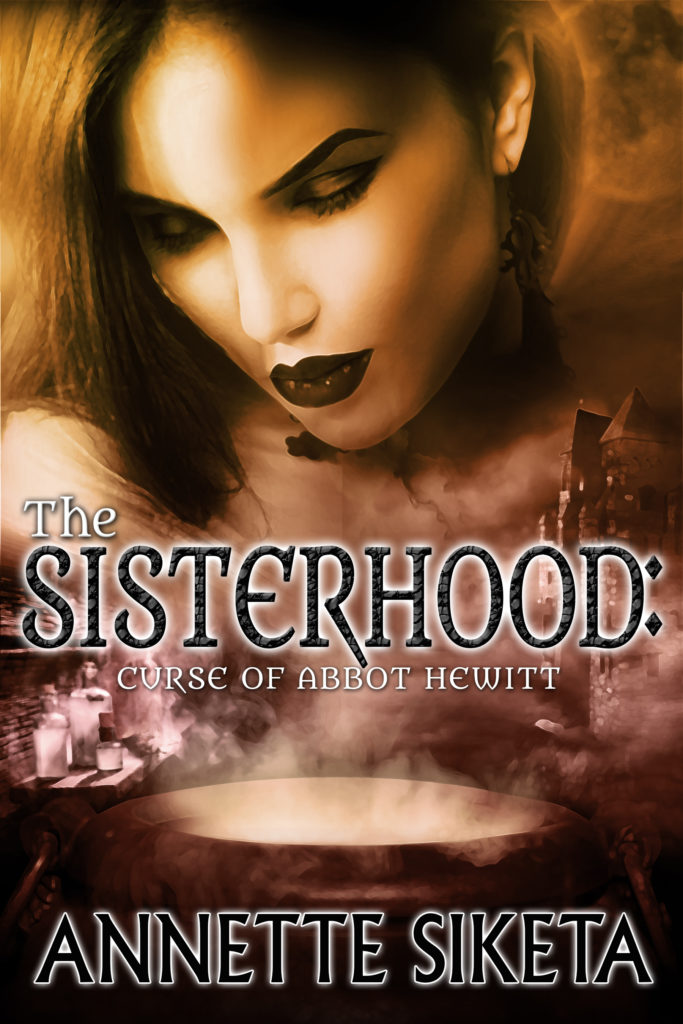

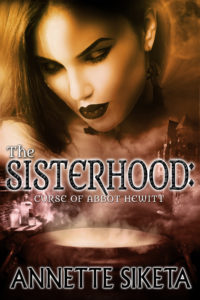
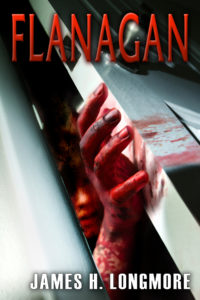
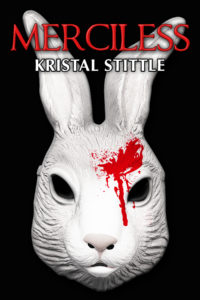
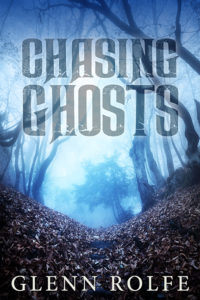
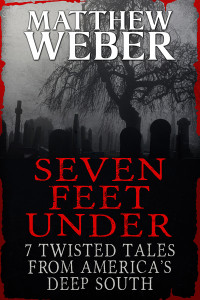
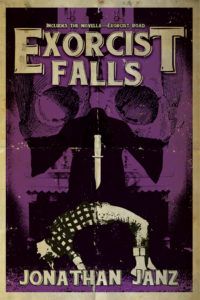

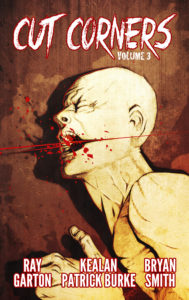
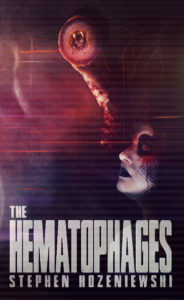
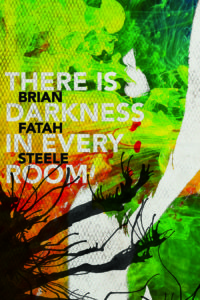
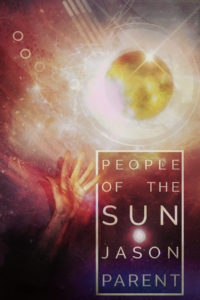

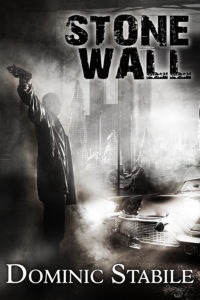

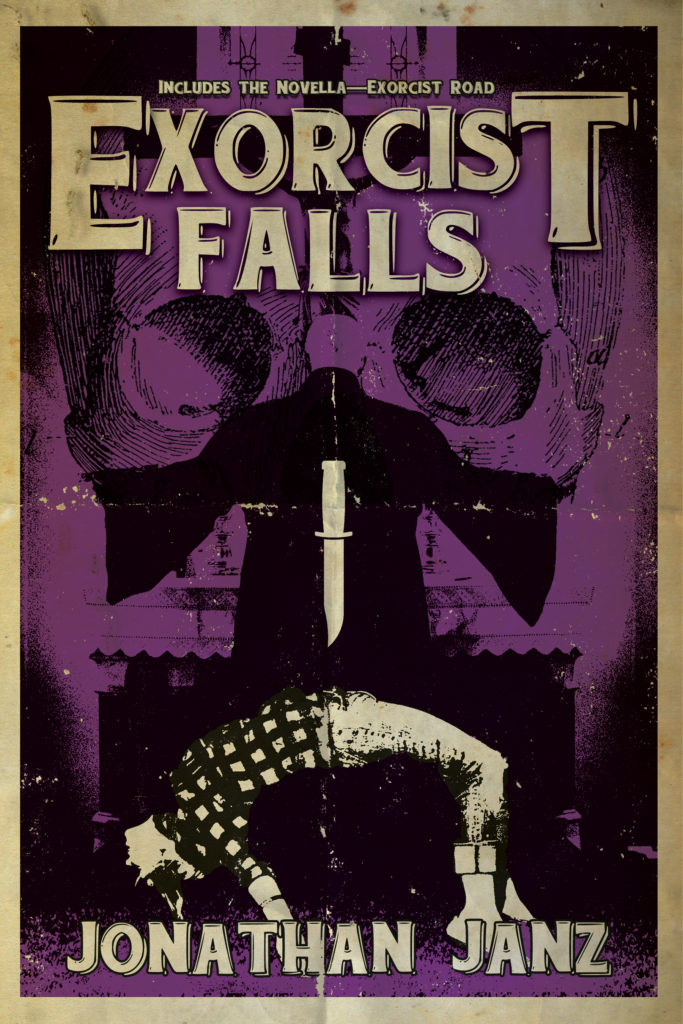

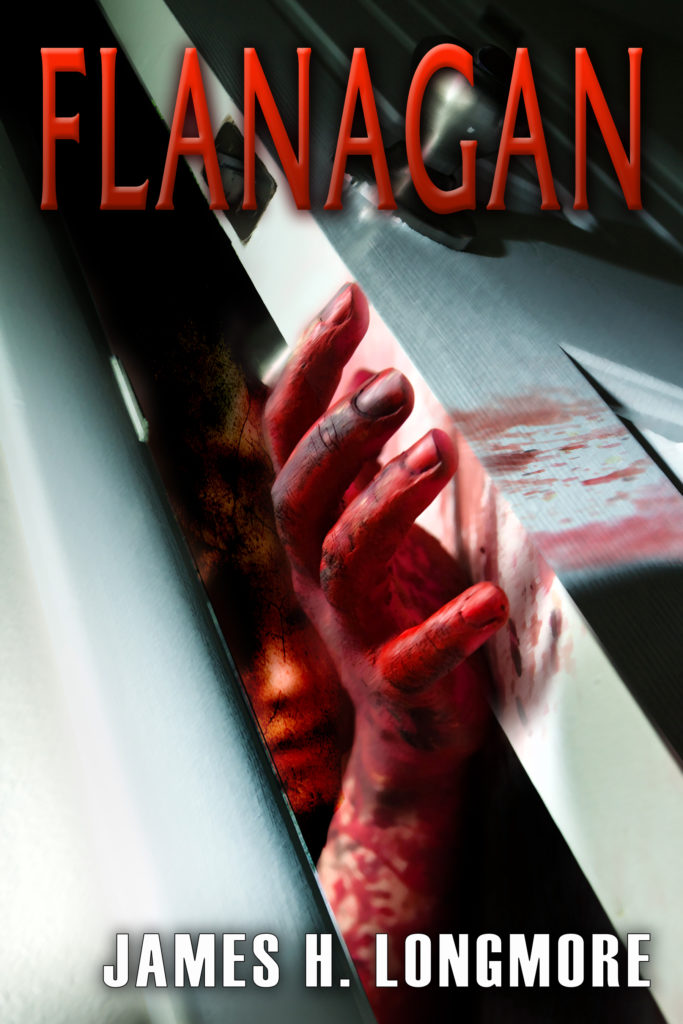





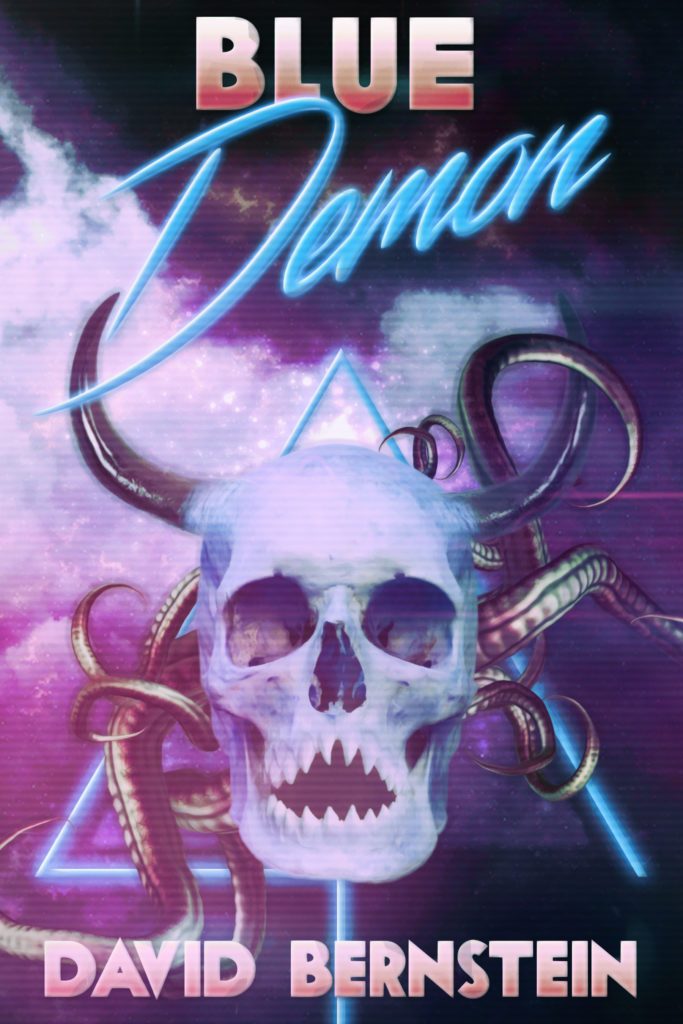

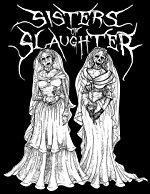
 orror novel we’re working on and next year we’re working on more horror and dark fantasy.
orror novel we’re working on and next year we’re working on more horror and dark fantasy.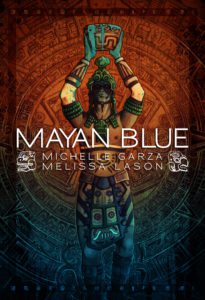


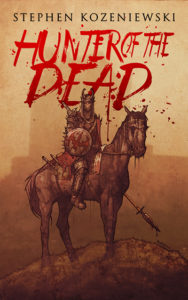
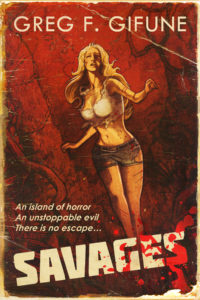
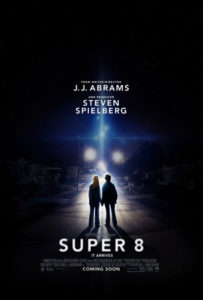 to be a kid again. After seeing it I had this overwhelming feeling that I could do anything that I wanted to. The next day I starting writing my own comic book.
to be a kid again. After seeing it I had this overwhelming feeling that I could do anything that I wanted to. The next day I starting writing my own comic book.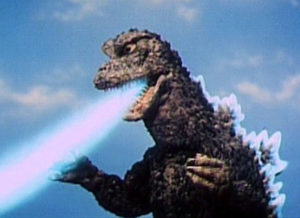 everybody’s attention. That was the first thing that I remember. I suppose what made it memorable was that the class and the teacher took notice of it but I didn’t think anything about it.
everybody’s attention. That was the first thing that I remember. I suppose what made it memorable was that the class and the teacher took notice of it but I didn’t think anything about it.